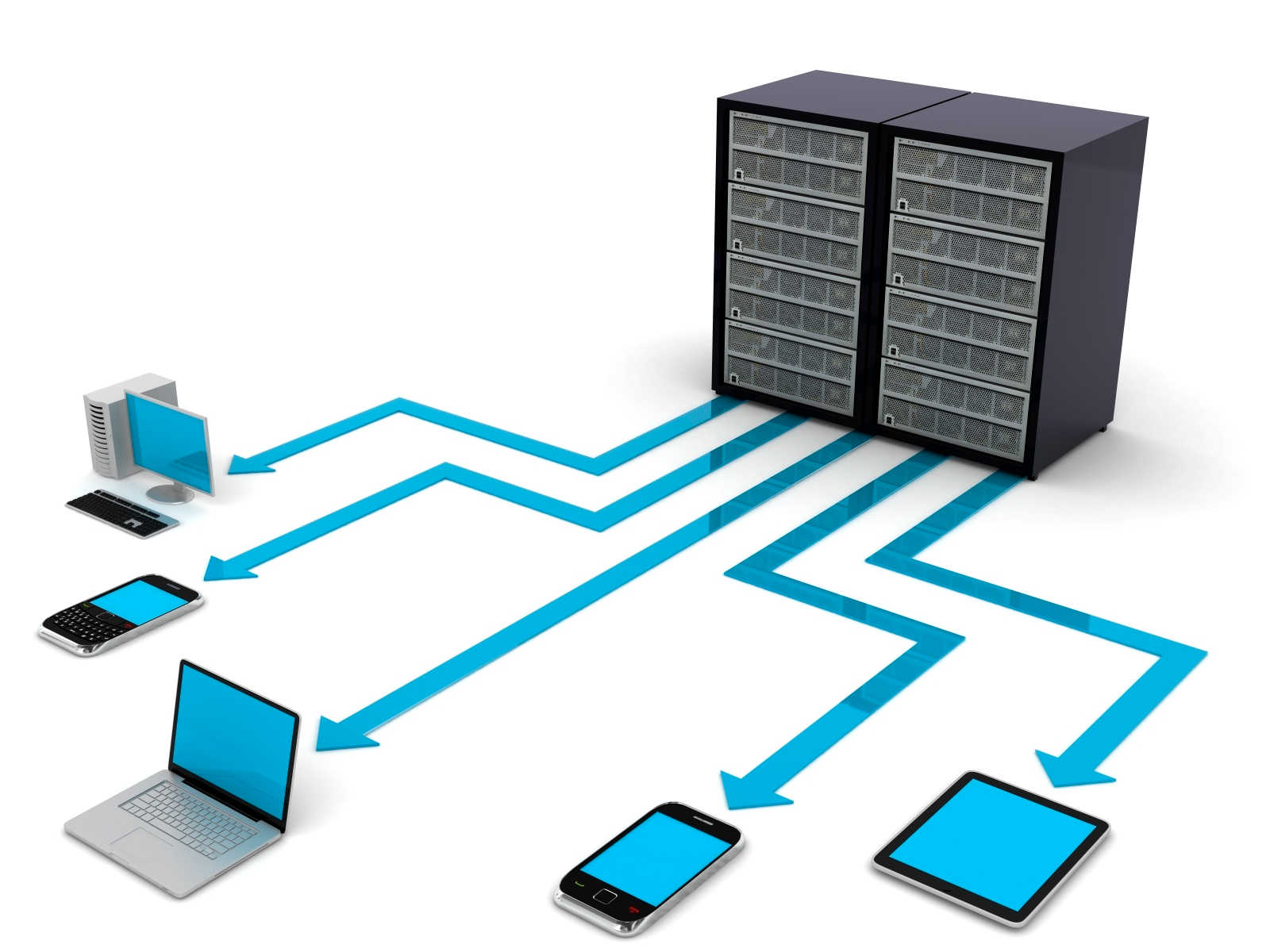Multifunctional body sensor

The demonstrator of the principles of wireless ECG measurement has been designed, prototyped, and developed to TRL 9. It is based on Texas Instruments MSP430 low power MCU and external analog part for measuring single channel ECG. Wireless communication is implemented using Bluetooth 4.0 low-energy protocol. The wearable casing was carefully designed to enable long life and comfortable wearing. The device and accompanying software ecosystem is available on the market and is intended for personal use.

What is it? A small autonomous device that is placed on the chest and measures heart activity - the so called single-lead ECG. This is complemented by the measurements of user movement, body and ambient temperature, air pressure and humidity. The device is small and lightweight, it is kept attached to the body by two adhesive pads and can be worn for days, either fully exposed or under garments, when resting, working. engaging everyday tasks, or working out. It monitors the user non-stop, for several days before it must be re-charged. The measurements can be used in real-time, directly by the user or can be stored to be analyzed by a physician or a medical specialists.

P-Lab team
Funding








